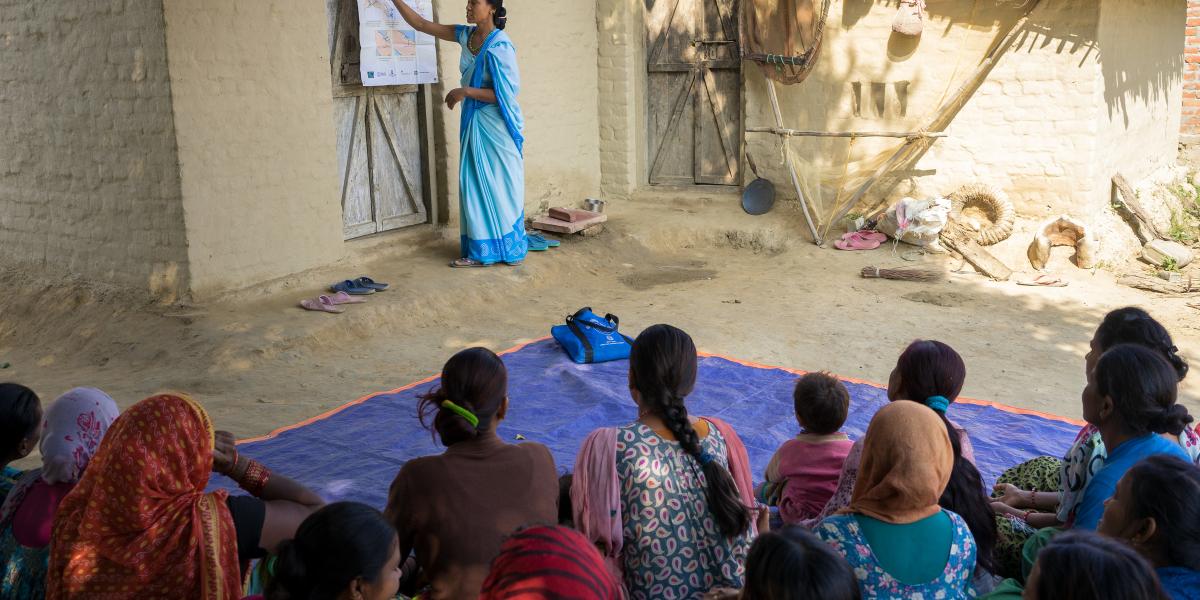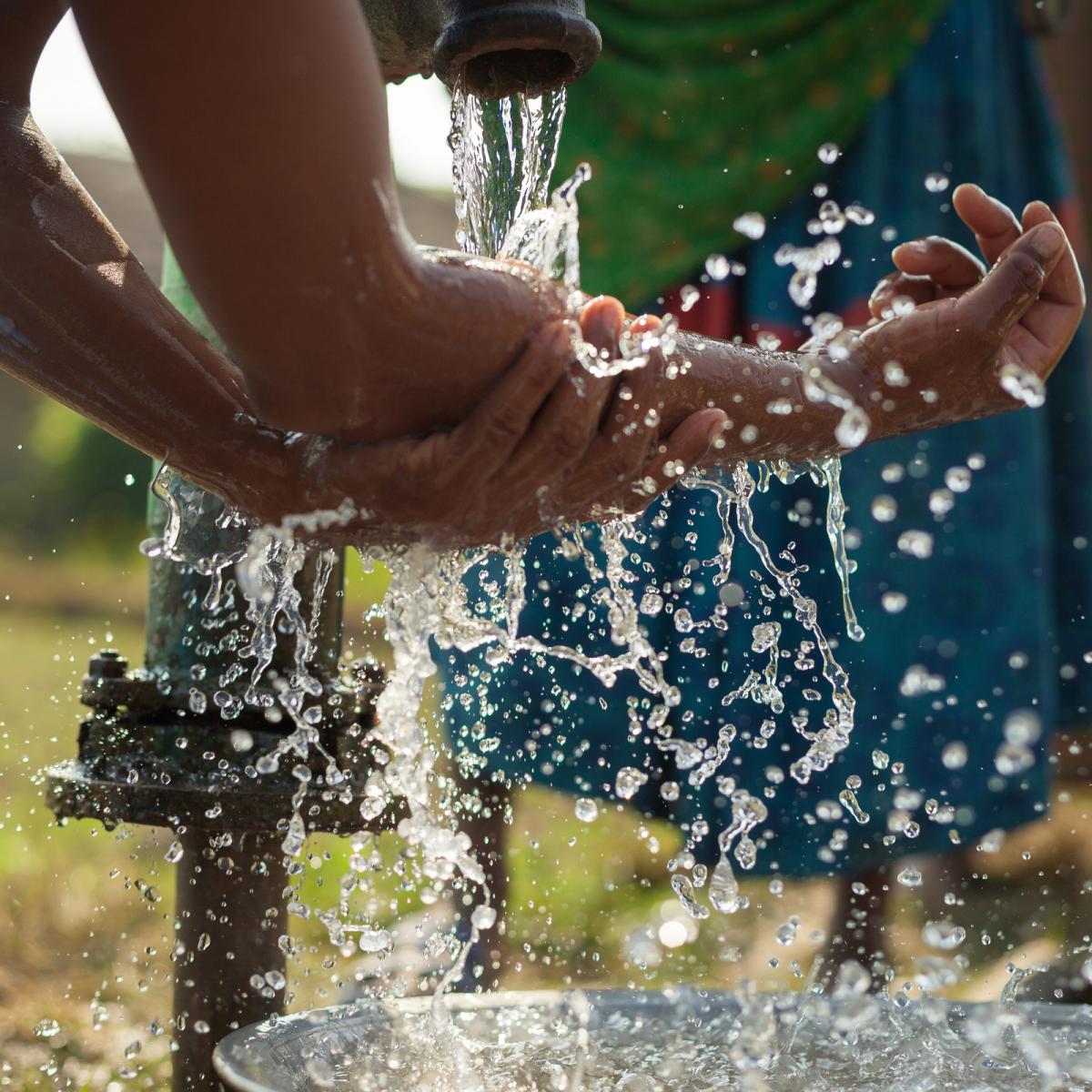Nepal's Navel Glazers
How thousands of women, armed with a little tube and lots of heart, are changing minds and saving lives
Photo and video by Thomas Cristofoletti
June 2015
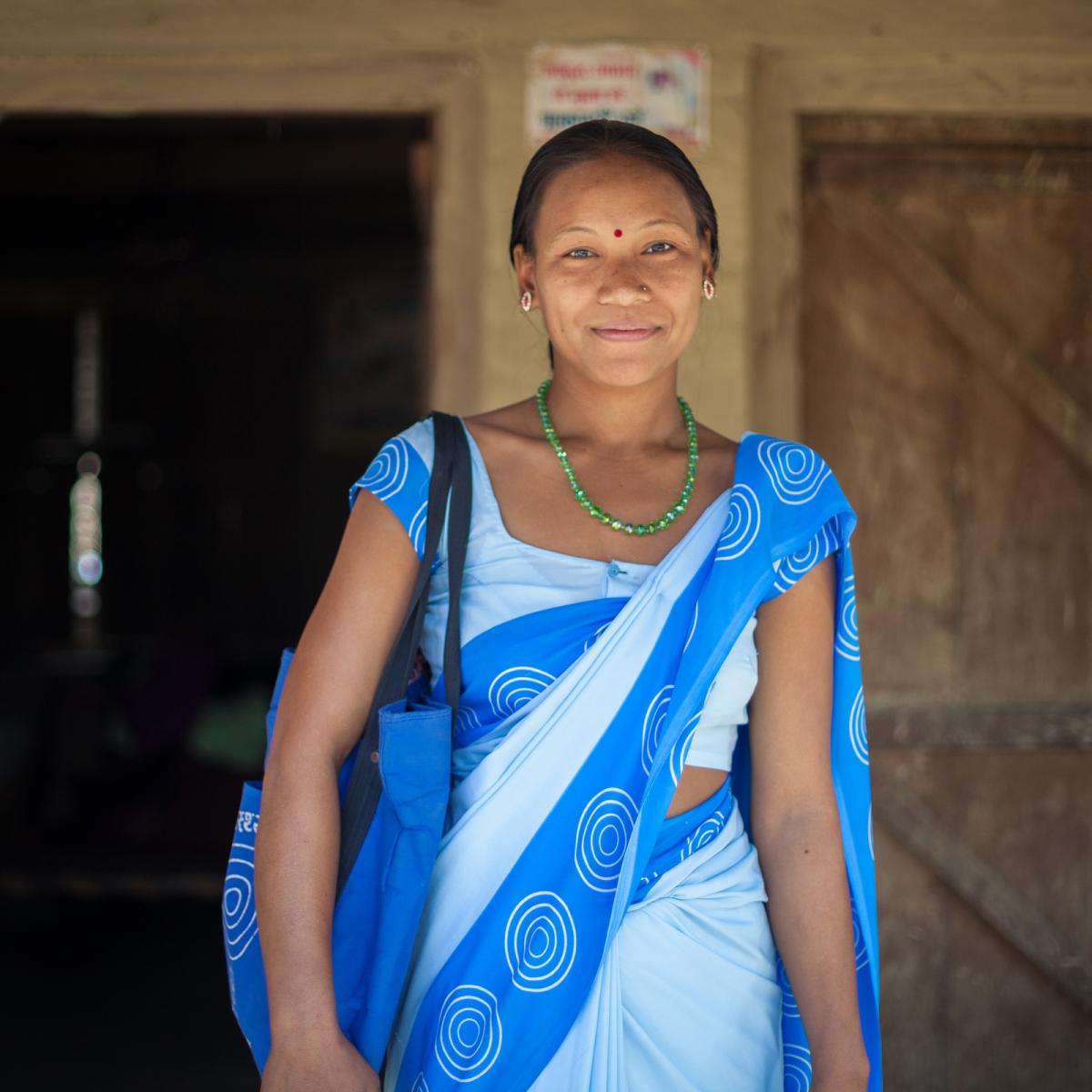
This is a story about tradition and about progress.
About the way things used to be. And about where they are going.
Jharana Kumari Tharu is a volunteer and a lifesaver. She is a crusader for the health of mothers and their babies in a place where just being born can be a dangerous endeavor.
Cut off from the world
Jharana is a 23-year-old community health volunteer in Binauna village in western Nepal.
In the rainy summer months, when the Rapti River floods its banks, Jharana’s village is effectively cut off from the world. The nearest hospital is 19 miles away, but no one in the village can reach it.
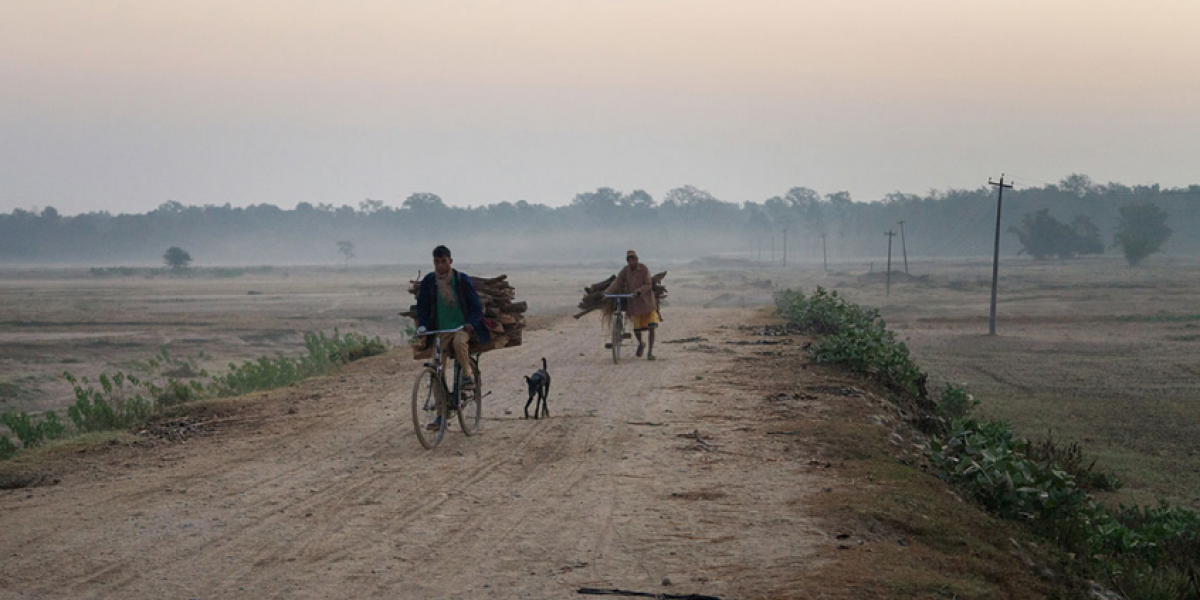
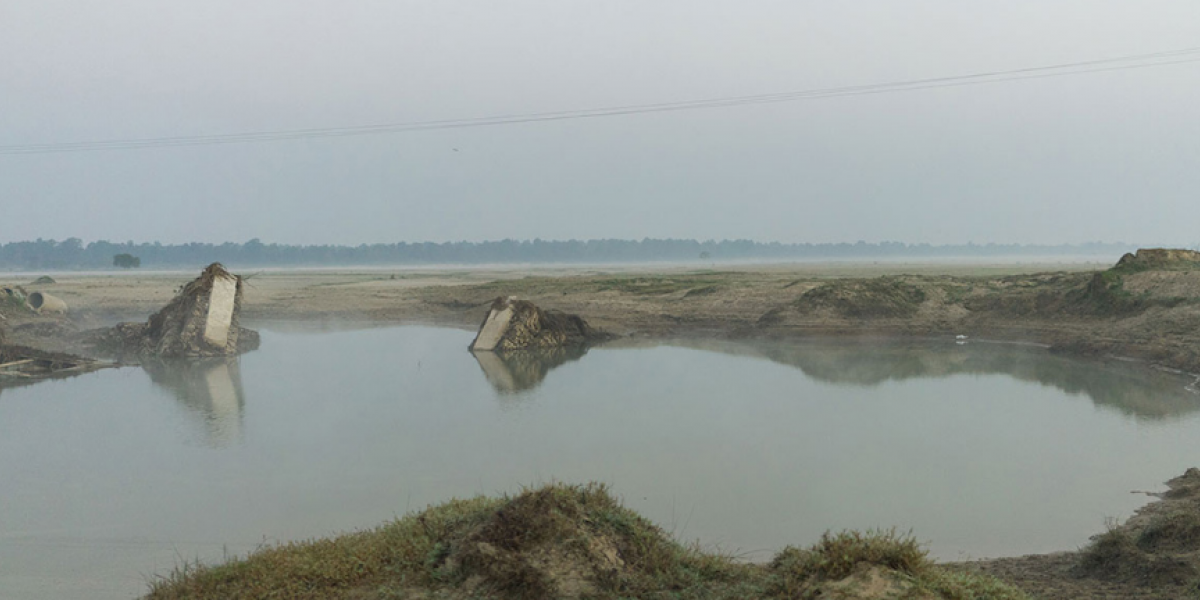
Housewife, mother, volunteer
In villages like Binauna, where health services are limited, volunteers like Jharna work to improve nutrition and hygiene, to prevent disease, and to make sure newborns survive their first precarious months of life.
But that’s not all she does. She is a housewife and a mother. A farmer and a daughter. Her mornings are often routine: She tends to her crops, feeds her family and gets her young son ready for school.
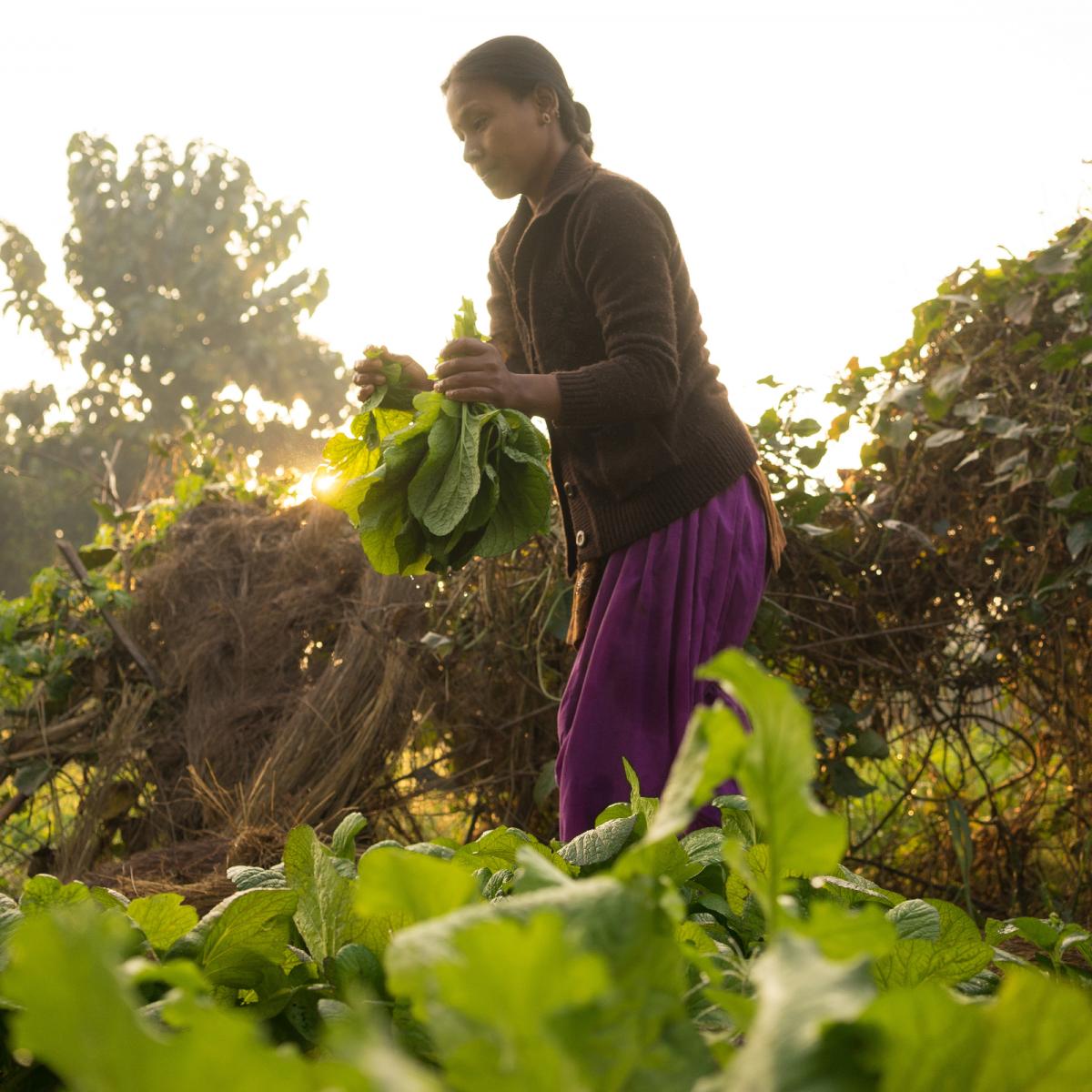
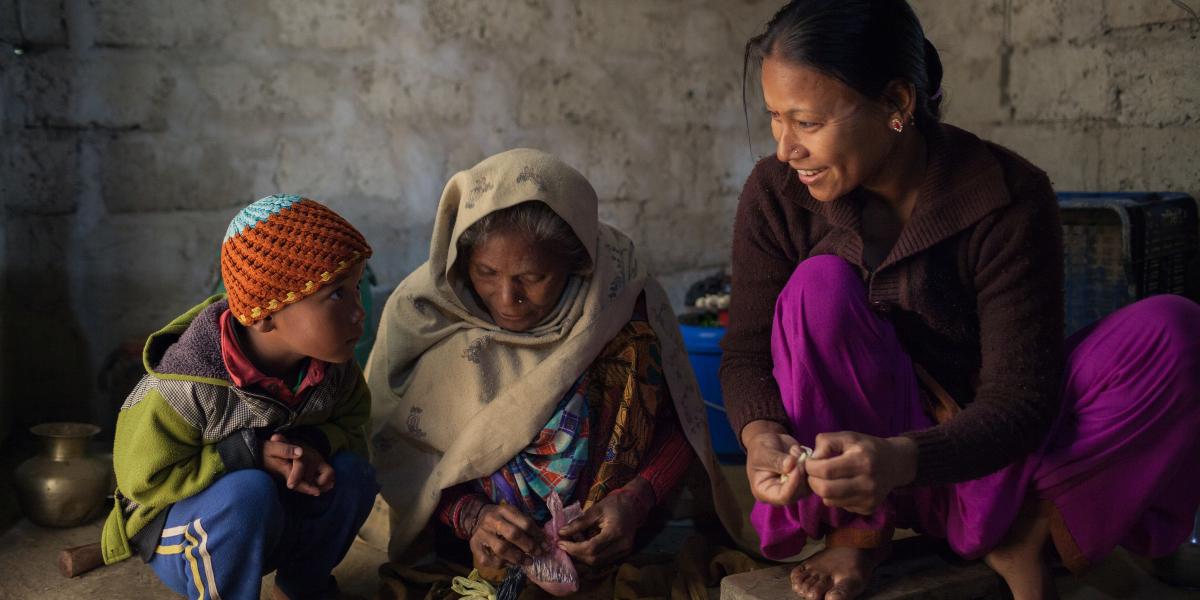
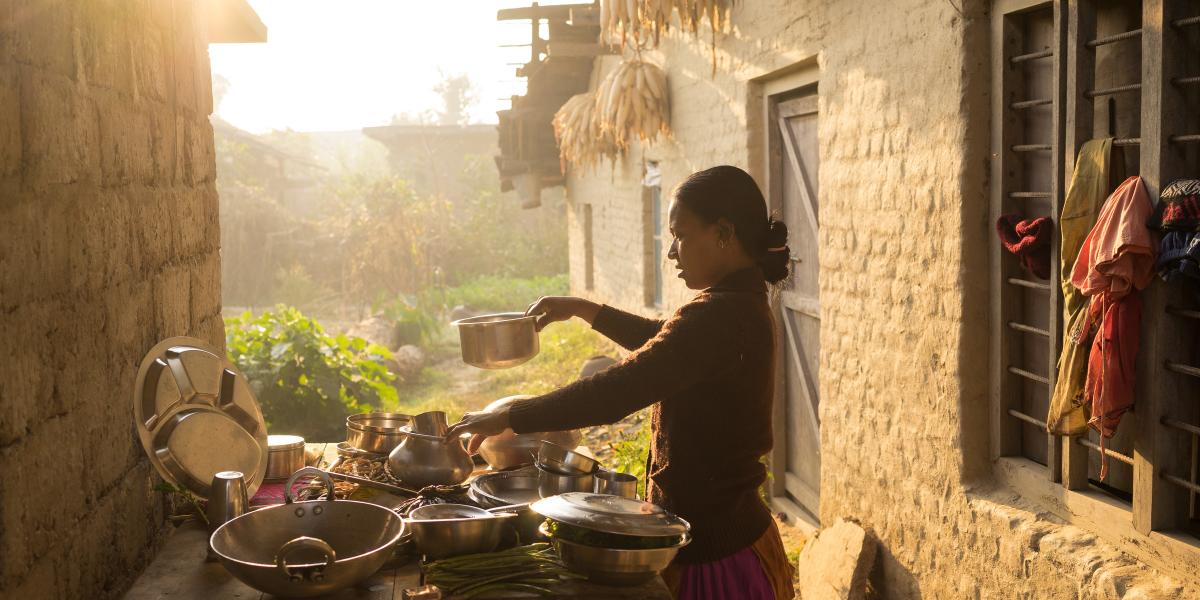
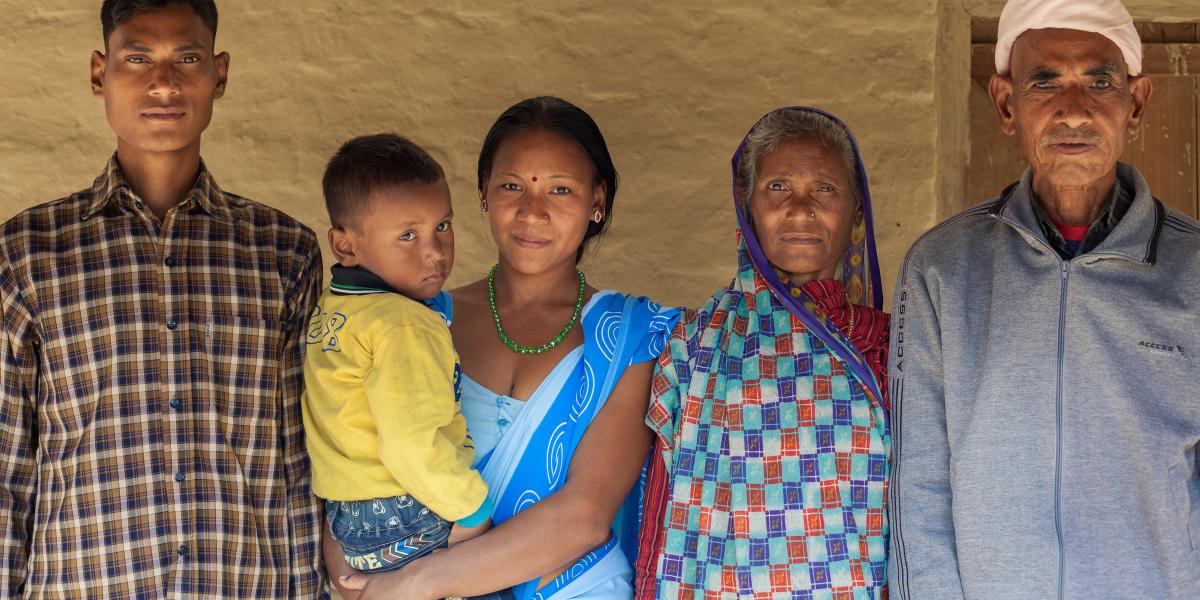
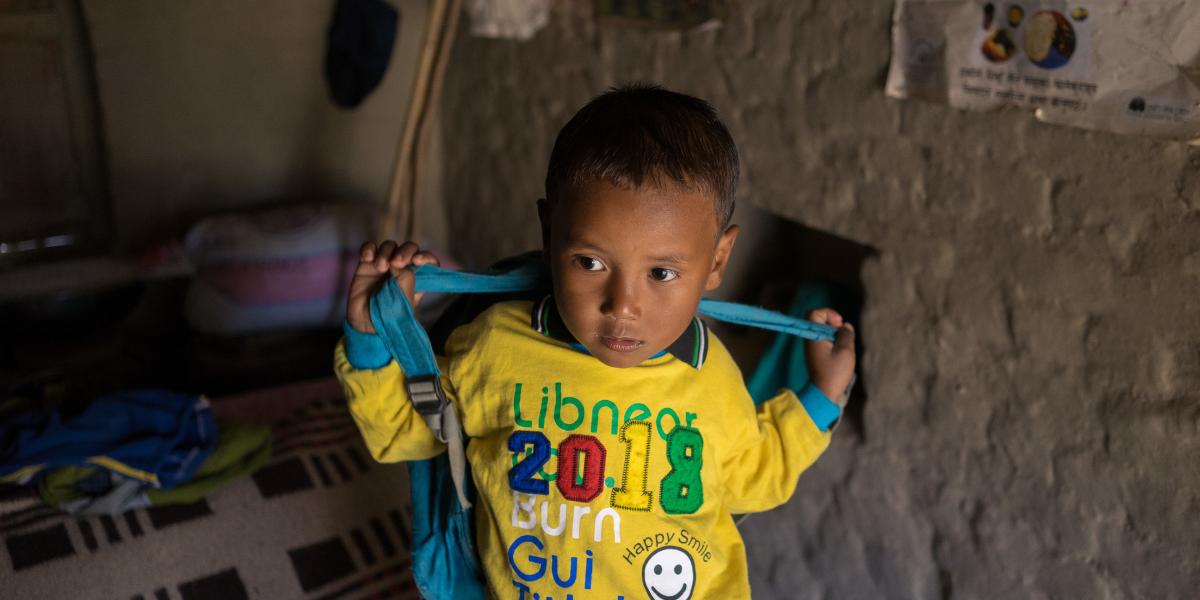
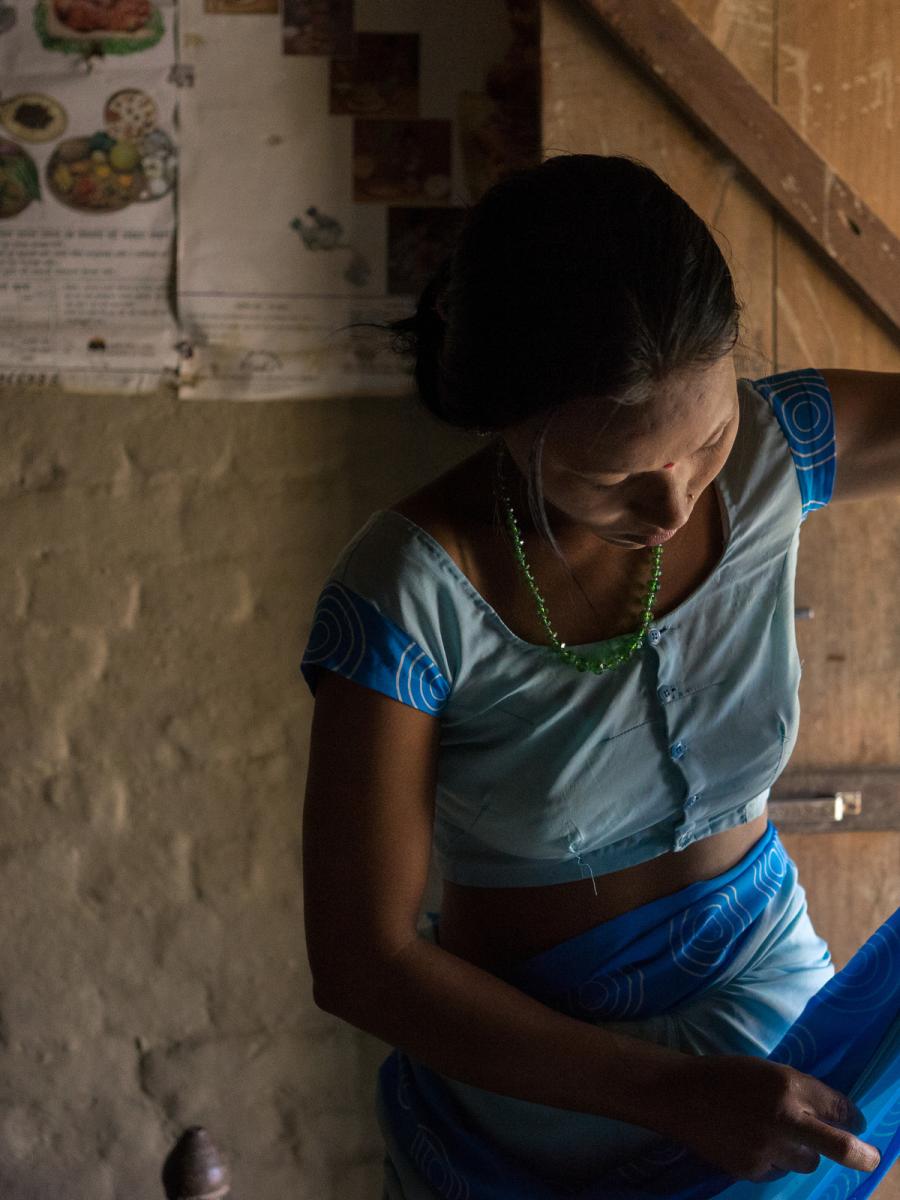
And then she gets dressed.
This sari distinguishes her as one of Nepal’s 52,000 health crusaders, all women, all volunteers, who fight to save lives and improve health across Nepal’s 75 districts.
"The best thing you can do."
She makes her rounds each day, visiting pregnant women and those who have recently delivered. The training that she received from USAID arms her with the tools and skills to do her job well.
“Everyone supported me, my in-laws and my husband,” Jharana says. “They told me: ‘This is the best thing you can do.’”
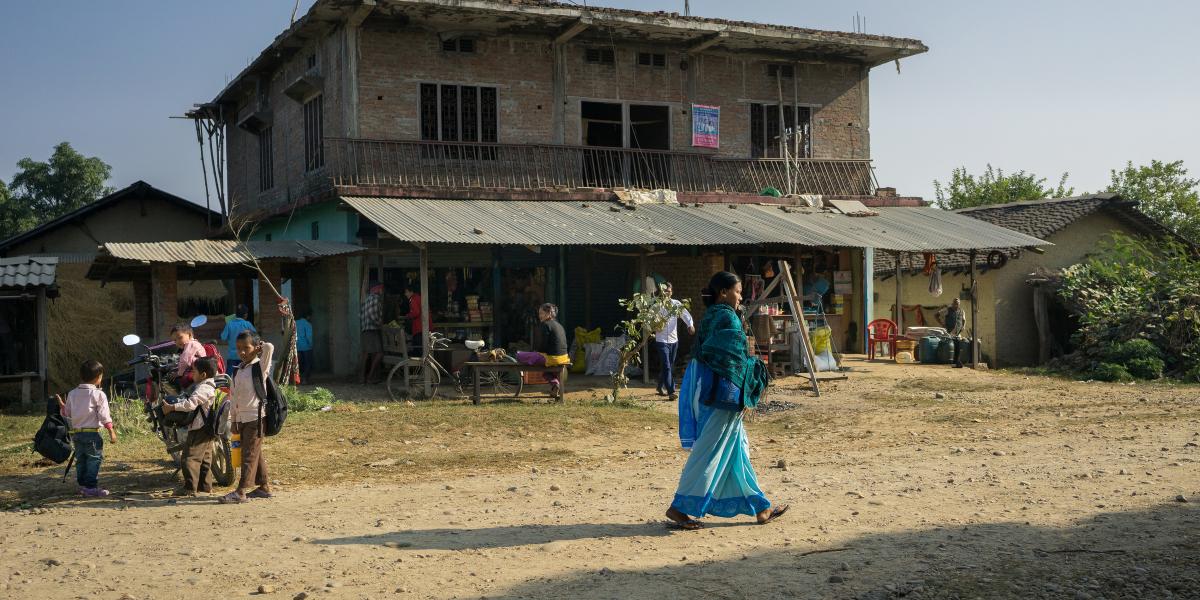
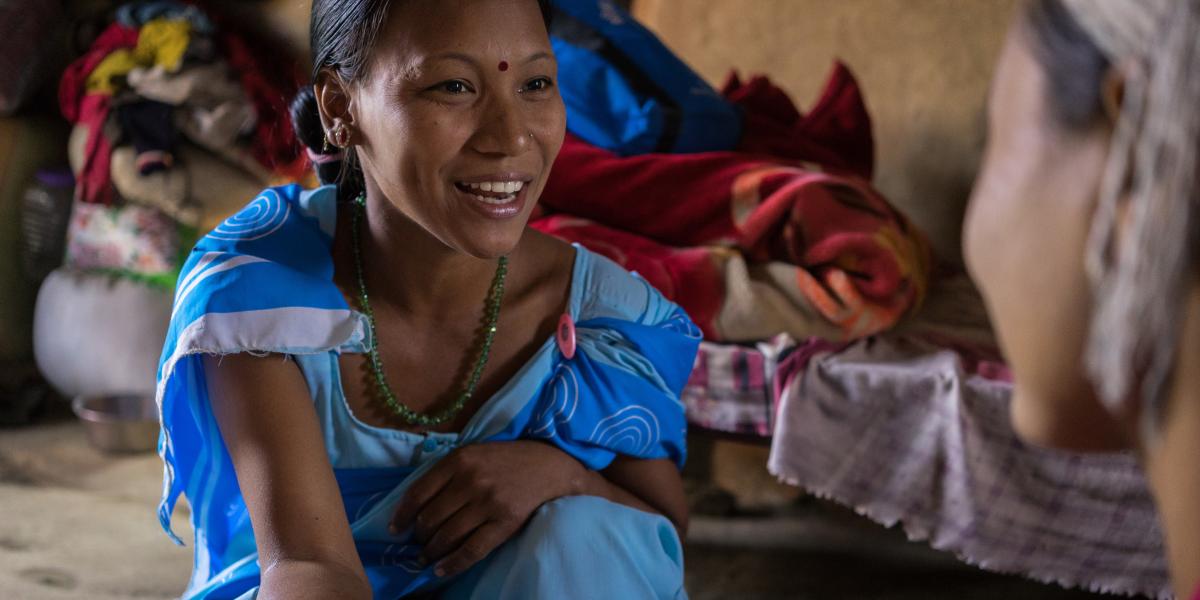
A knife or a sickle
That’s because Jharana is battling to reverse deeply held traditional practices that endanger the newly born in this Himalayan nation. Traditionally, most Nepali babies have been born at home—their umbilical cords often cut with dirty household tools, such as knives or sickles used in the fields.
Using information handed down to them for generations, mothers would treat these freshly cut cords with turmeric, mustard oil paste or even cow dung.
Infections were rampant, and many infants would die.
Reversing tradition
Volunteers like Jharana help to reverse this practice by counseling expectant moms and their families about how to care for a baby’s umbilical cord stump after birth. This includes applying a chlorhexidine antiseptic gel on the stump—a simple but lifesaving intervention that is supported by USAID throughout Nepal.
For only pennies per dose, this little tube has been shown to reduce infant mortality in the country by roughly one-third. USAID helped develop the gel and is now working with Nepal’s Government to make it available to all of the country’s mothers free of cost.
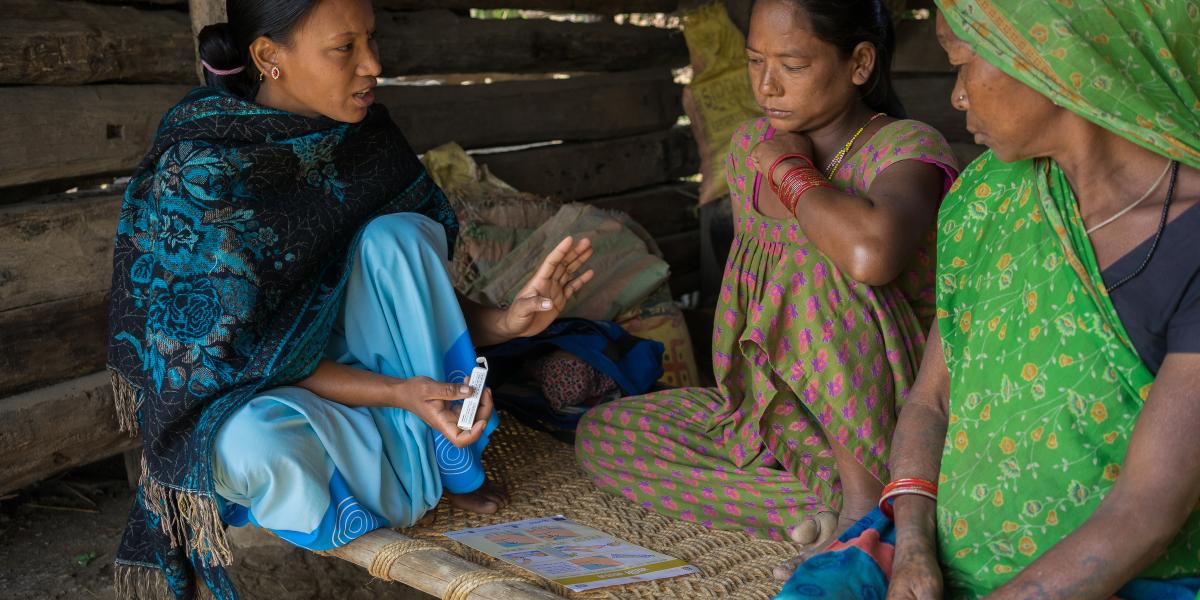
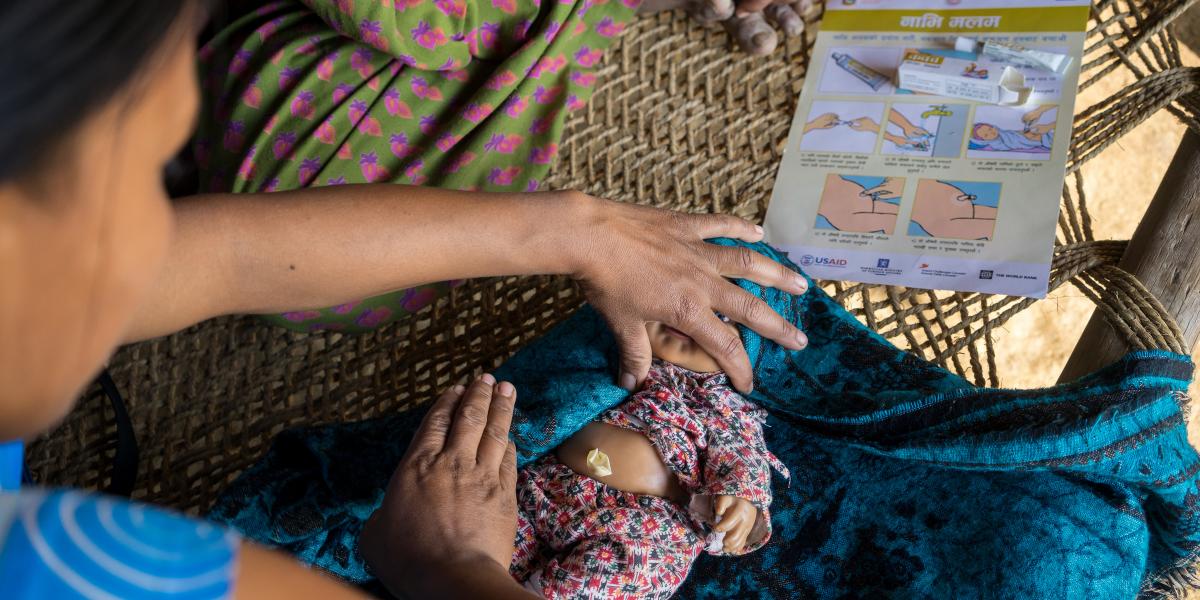
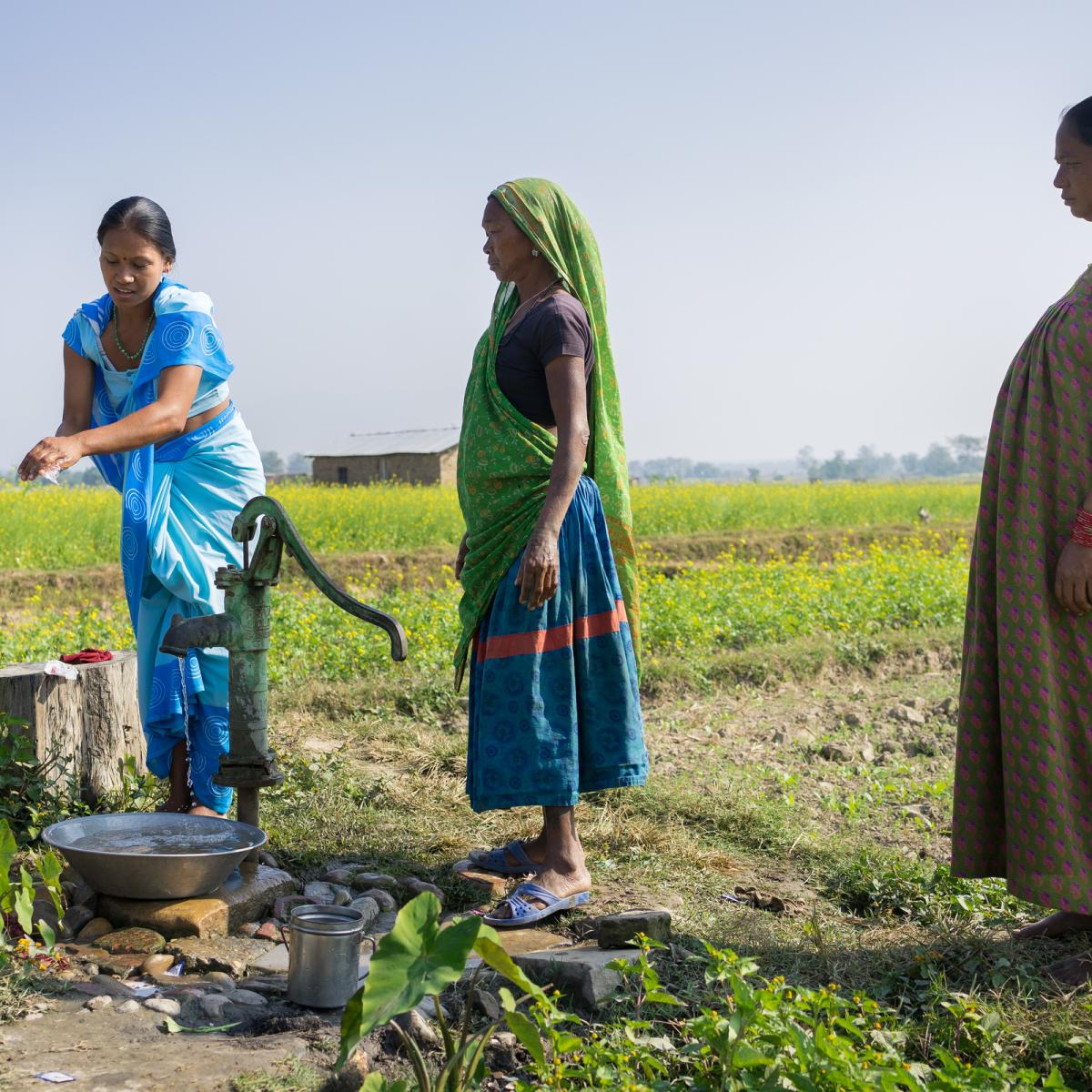
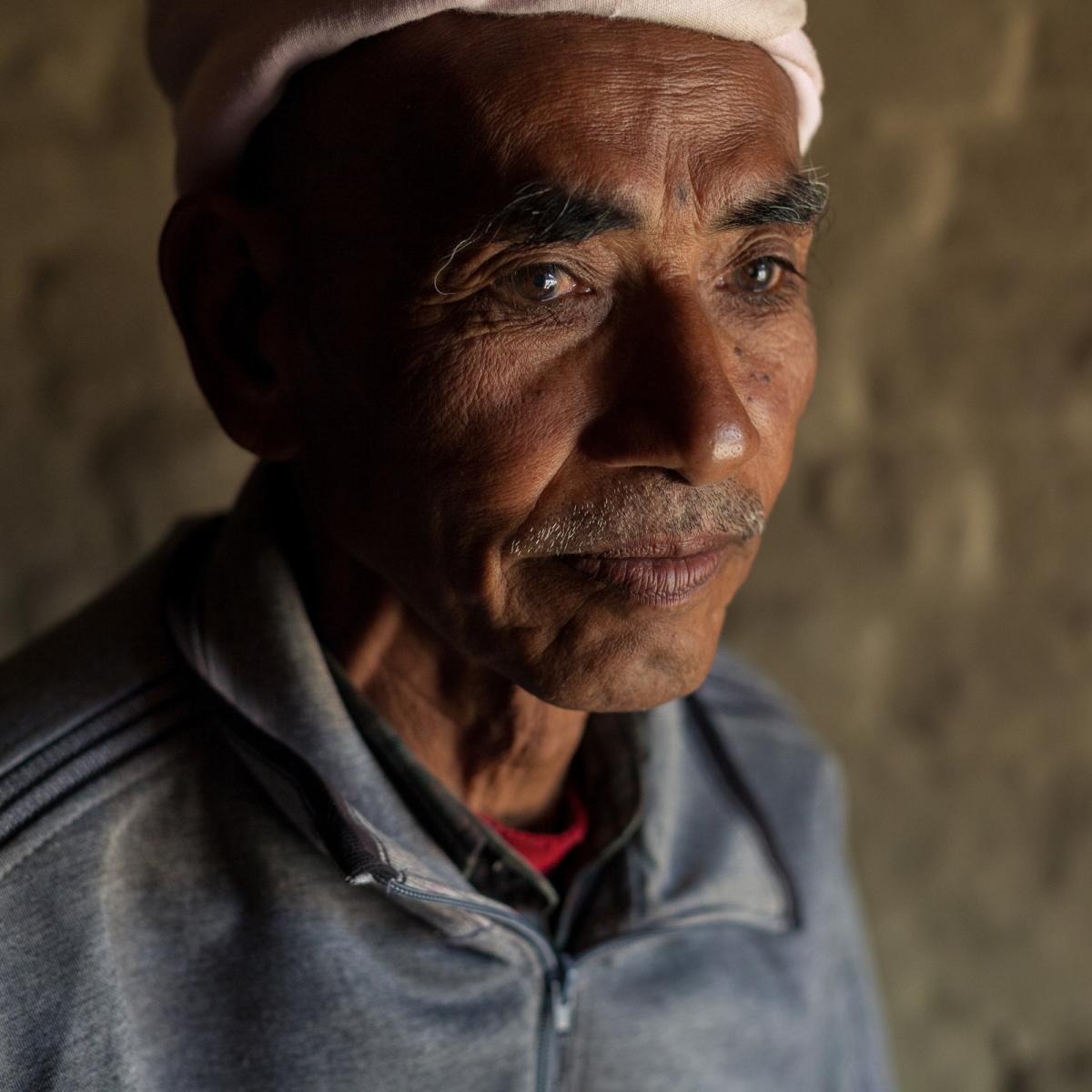
Happy and proud
“I’m proud because she looks after the whole village,” says Gorkhu Prasad Tharu, Jharana’s 74-year-old father-in-law.
“When I was young, I used to see many children die. Now I don’t see this, and it’s because of the female community health volunteers.”
Jharana sees the fruits of her work each day. “I look at babies that are born that are healthy, and that makes me happy and proud.”
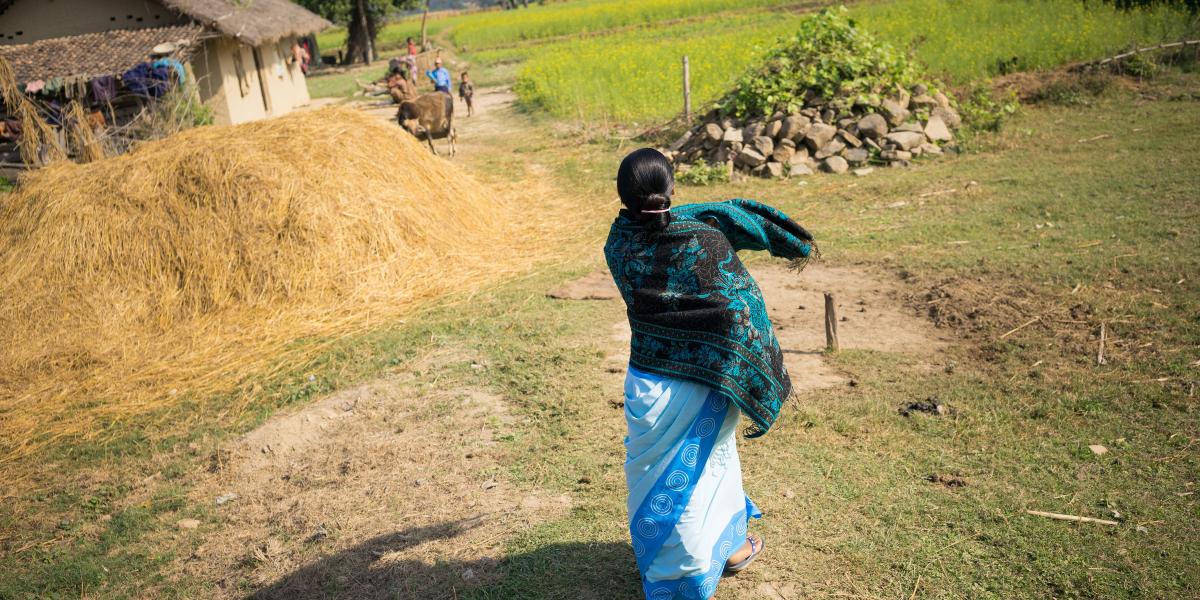
Change is hard. Traditions are difficult to overcome. And progress takes time. But one volunteer at a time, women like Jharana are changing minds and behaviors and saving lives. Armed with a small tube and lots of heart, Nepal’s “navel glazers” are transforming a nation.
About This Story
In Nepal, one in 25 infants dies before his or her first birthday. Why? Nearly two-thirds of babies are born at home, often in unhygienic conditions. Following generations of tradition, mothers rub oil, tumeric or even cow dung on the freshly cut umbilical stump for “healing.” Believing they are caring for their babies, they actually endanger their lives.
Many people thought that the only solution was heavy investment in high-tech hospital systems. But there was another option. By equipping community health workers with simple, innovative technologies, we could deliver health services to the doorsteps of pregnant women and quickly save thousands of lives.
With the support of USAID and its partner, JSI, researchers at Johns Hopkins University designed trials for the antiseptic chlorhexidine, a treatment for cut umbilical cords. The results were astounding; chlorhexidine could cut infant mortality in Nepal by up to a third for pennies per dose.
Today, community health workers like Jharana deliver chlorhexidine free of charge to mothers across Nepal. USAID helped guide the antiseptic from research to global impact; efforts are currently underway to introduce chlorhexidine to 15 other countries.


